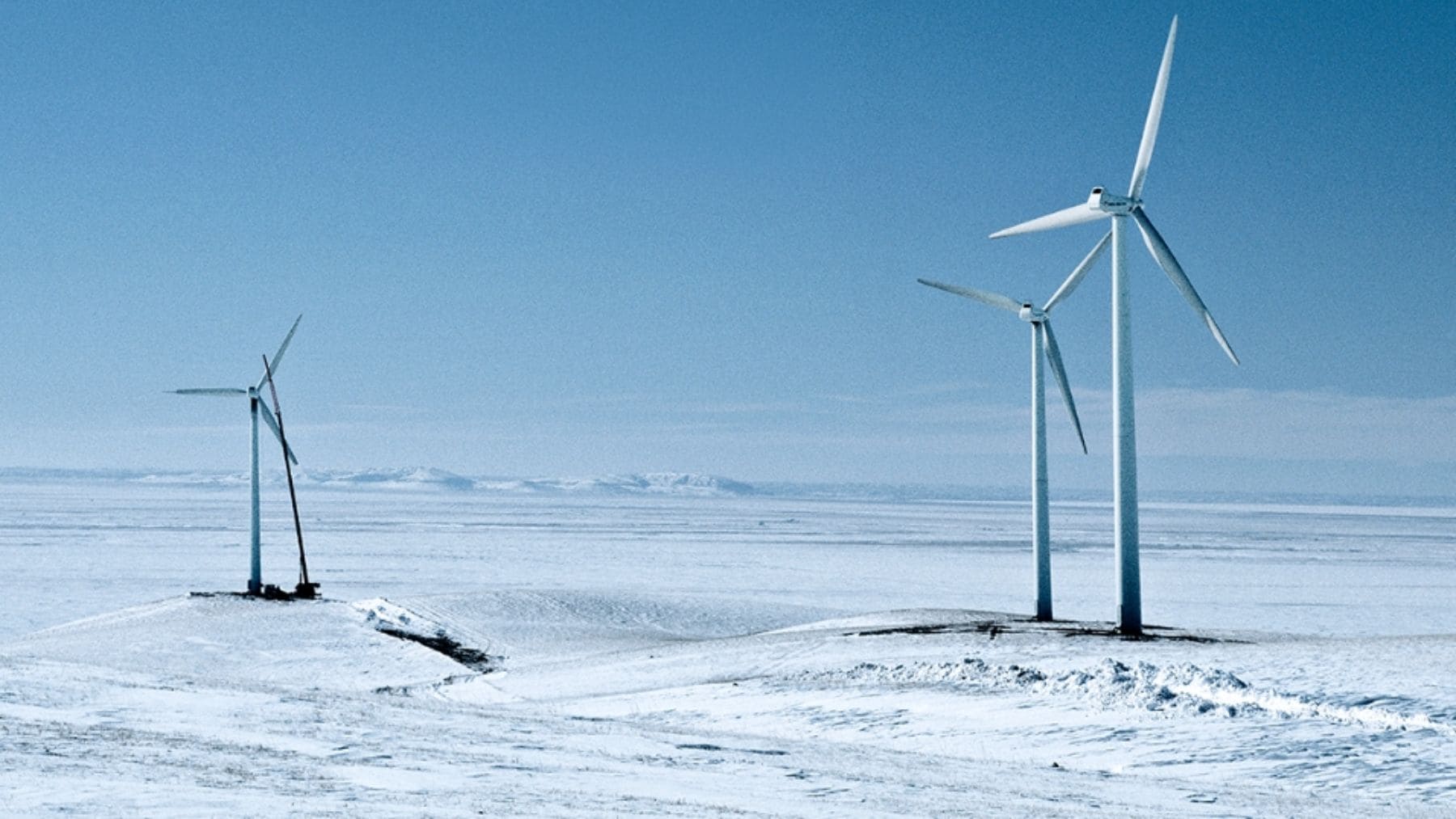China has continuously shown its ambition for renewable energy which reached new heights on January 1,2025. China has launched the world’s largest ultra-high-altitude wind farm to capture more wind power in Tibet’s Seni District. Located approximately 4,650 meters (over 15,000 feet) above sea level, this $90 million project promises to deliver 200 million kilowatt-hours (kWh) of clean electricity annually. Another interesting fact is that it serves as a research and development hub for wind energy in extreme environments.
The problem lies in the fact that at such icy, high-altitude conditions, wind turbines are exposed to stronger and more forceful gusts of wind, snow, and ice, which can hinder power generation.
Understanding the potential of wind power in Tibet
The wind farm was developed by CHN Energy and comprises 25 turbines spread across 140,000 square meters. This ensures that enough electricity is generated to power 140,000 households in Nagqu City. The turbines were delicately engineered to withstand Tibet’s extreme weather conditions, including high UV exposure, sandstorms, freezing temperatures, and significant snowfall.
As part of the engineering adaptations was the inclusion of longer turbine blades to handle reduced air density and a specialized coating, making it able to resist dry and thin air. It was Hu Jiansheng, head of the project, who emphasized the importance of having advanced control systems and custom-designed paint to protect turbine performance and structural integrity. The fact remains that despite adversities, the construction of the entire wind farm took just 260 days, which is something incredible due to both factors- the high altitude and environment.
Ice sabotages wind energy
Wind farms, like this one in Tibet, represent a technical victory. However, researchers are aware of a potential threat: ice accumulation on turbine blades. According to a study by Iowa State University in 2021, the ice build-up on turbine blades during harsher winter weather can reduce energy production by approximately 80%.
Professor Hui Hu, the Professor of Aerospace Engineering at Iowa State, said that the study discovered that cold, wet conditions such as freezing rain, drizzle, and fog can coat turbine blades with nearly a foot of ice at their tips. This changes the aerodynamics, unbalances the turbines, and causes tremendous operational disruptions. While the placement of this wind farm considered the wake effect that was destroying wind power, it did not consider the ice effect.
This poses serious implications for high-altitude locations including Tibet that has freezing temperatures and snowfall for the duration of the year. Even with advanced coatings and smart control systems, ice is a physical reality that no turbine design can fully ignore.
Learning lessons that pose a global challenge
Hu’s team faced certain barriers in terms of studying this phenomenon in the field, especially in the U.S., where energy companies hesitated to share operational data. Researchers, as such, had to partner up with a 50-megawatt wind farm on a mountain ridgetop in eastern China to gain real-world insights into how ice forms and accumulates on large, utility-scale turbines.
With the use of drones and built-in turbine sensors, the study showed how ice accumulated most heavily on outer blades and affected the balance and reduced the output. The findings helped to validate earlier lab-based models.
A new innovative reality at 15,000 Feet
China’s wind farm located in Tibet is a bold step towards the future of renewable energy showing that which is possible even in the harshest of climates. With the appearance of strange wind farms all over the globe, this wind farm’s high-above view does have potential. The natural world does possess a fair number of challenges, and the task would now be seeing how the most advanced turbines can withstand snow and ice. Perhaps de-icing technologies are needed to ensure future success.














